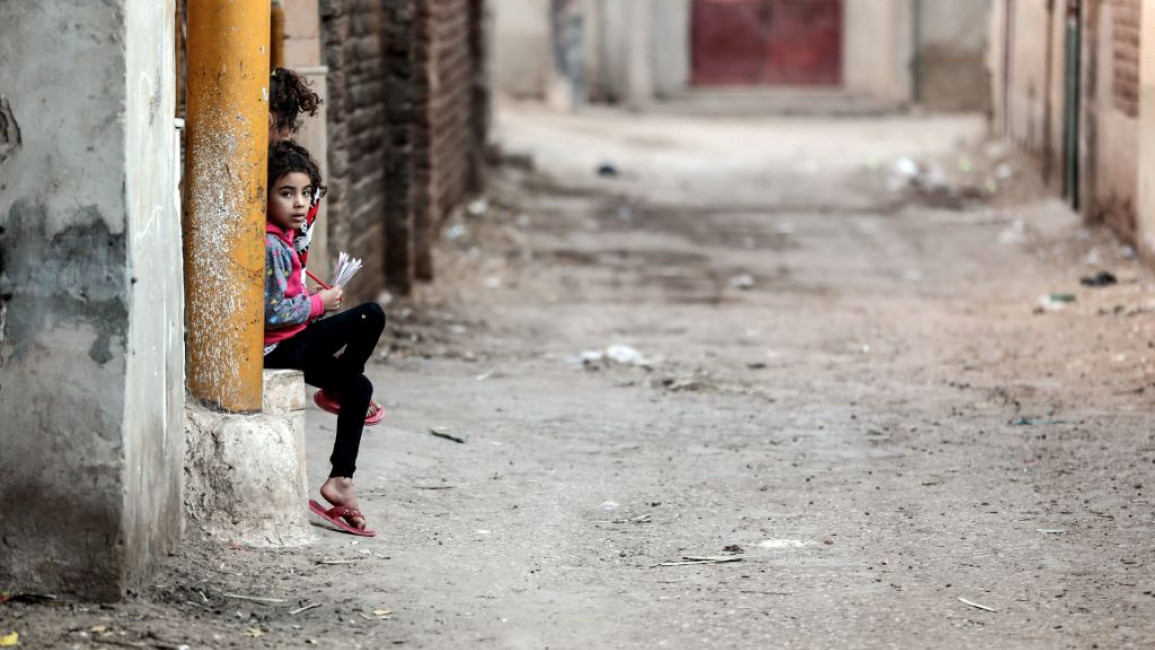Libya, Yemen, Syria highest risk countries for global investors: report
Several countries in the Middle East and North Africa hold the highest risk for international investors in 2022, according to new data from GlobalData’s risk report.
Risk factors for investors in the region include food insecurity, unrest, rising debt, and inflation, as well as civil unrest, according to the research.
Yemen, Libya, and Syria were named as the highest-risk countries in the last quarter of 2022.
"Humanitarian crises across Lebanon, Syria, Iraq, Libya, and Yemen, along with skyrocketing poverty, is impacting [investment in] the Middle East and North Africa," said research analyst Puja Tiwari.
"Due to curtailment of wheat exports from two main producers in the world (especially wheat from Russia and Ukraine), many countries across the region are already facing major food crises," which are adding to the turbulent business landscape, according to GlobalData.
Despite possessing the largest oil reserves in Africa and considerable sovereign wealth funds, Libya is struggling to persuade international firms to do business in the divided country.
Rival administrations in east and west have vied for power since March, in a standoff that has hampered Libya's efforts to sharply ramp up output in response to a surge in European demand for non-Russian oil and gas.
Libya's state energy firm urged its foreign oil and gas partners to resume exploration and production in December, assuring them security had begun to improve dramatically after clashes earlier this year.
Yemen's economy has been brought to its knees by years of civil war and caused the world's largest humanitarian crisis.
Inflation and foreign currency shortages have made food, water, and fuel unaffordable for many in Yemen, which imports most of its needs.
While the Yemeni riyal has been kept relatively steady at around 560 to the dollar in the Houthi-controlled areas, it has reached all-time lows in provinces controlled by the Saudi-backed government.
These include Aden, where in November, one dollar was being exchanged for more than 1,000 riyals.
In Syria, the national currency has dropped to historic lows, trading at 5,000 Syrian pounds to the dollar.
Poverty and food insecurity are extremely high in Syria, which despite a relative decrease in fighting in recent years, continues to witness a deterioration in living standards.
About 12.4 million people – 60 percent of the population – in Syria suffer from food insecurity, according to the WHO's latest assessment. The threat of hunger has "never been higher," the WHO said.


![President Pezeshkian has denounced Israel's attacks on Lebanon [Getty]](/sites/default/files/styles/image_684x385/public/2173482924.jpeg?h=a5f2f23a&itok=q3evVtko)



 Follow the Middle East's top stories in English at The New Arab on Google News
Follow the Middle East's top stories in English at The New Arab on Google News


